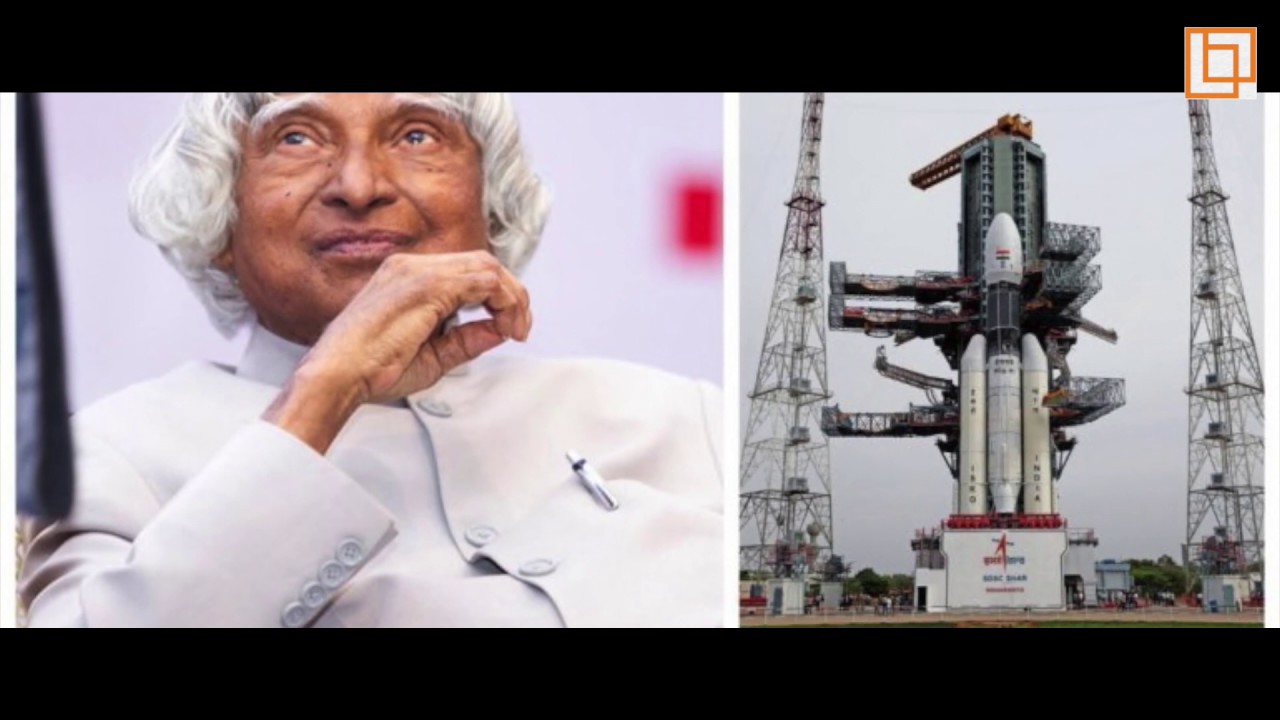
Introduction:
Dr. APJ Abdul Kalam, known as the “People’s President” and the “Missile Man of India,” left an indelible mark on the nation’s scientific and technological landscape. His visionary leadership, dedication to innovation, and pivotal role in shaping India’s missile technology earned him widespread acclaim. In this extensive exploration, we will delve into the life, achievements, and enduring legacy of Dr. APJ Abdul Kalam as the father of Indian missile technology.
Early Life and Education:
Born on October 15, 1931, in Rameswaram, Tamil Nadu, Avul Pakir Jainulabdeen Abdul Kalam hailed from a humble background. Growing up in a small coastal town, young Kalam displayed a keen interest in science and technology. Despite financial constraints, he pursued his education with unwavering determination.
Kalam graduated in aeronautical engineering from the Madras Institute of Technology (MIT) in 1958. His early exposure to the world of science set the stage for a remarkable career that would later redefine India’s capabilities in aerospace and missile technology.
Contributions to Indian Space Research:
Dr. Kalam’s journey into space research began at the Indian Space Research Organisation (ISRO) in the early 1960s. His notable contributions include work on the Satellite Launch Vehicle (SLV) and the development of India’s first indigenous satellite, Aryabhata. Driven by a passion for advancing India’s space capabilities, he played a crucial role in shaping the country’s early forays into space exploration.
Missile Development and Agni Series:
Dr. Kalam’s most significant contributions, however, came in the realm of missile technology. He spearheaded the Integrated Guided Missile Development Programme (IGMDP), an initiative that aimed to make India self-reliant in missile technology. The program’s success solidified Dr. Kalam’s reputation as the chief architect of India’s missile capabilities.
Under his leadership, India developed a series of successful missiles, collectively known as the Agni series. Agni, meaning “fire” in Sanskrit, symbolized the fiery spirit of India’s technological ambitions. The Agni missiles, with varying ranges, showcased India’s ability to design and deploy ballistic missiles, marking a significant milestone in the country’s defense capabilities.
Pokhran-II Nuclear Tests:
The year 1998 witnessed a historic moment in India’s defense history with the Pokhran-II nuclear tests. Dr. Kalam played a pivotal role in the successful execution of these tests, reaffirming India’s nuclear capabilities. His steadfast commitment to ensuring the nation’s security and technological advancement was evident during this critical juncture.
Presidency and Vision for India:
In 2002, Dr. APJ Abdul Kalam assumed the highest office in the land, becoming the 11th President of India. His presidency was marked by a distinctive approach that focused on engaging with the youth and inspiring them to contribute to the nation’s progress. Dr. Kalam’s presidency was characterized by his vision for a developed India by 2020, encapsulated in his book “India 2020: A Vision for the New Millennium.”
His tenure as President was marked by his continued emphasis on education, innovation, and scientific research. Dr. Kalam’s ability to connect with people, especially the younger generation, earned him the moniker of the “People’s President.”
Inspirational Legacy and Enduring Impact:
Dr. APJ Abdul Kalam’s legacy extends far beyond his tenure as President or his contributions to missile technology. He remains an enduring symbol of inspiration for countless individuals, particularly the youth of India. His speeches, writings, and interactions with students reflected his unwavering belief in the potential of young minds to drive positive change.
His philosophy of “Dream, Dream, Dream; Dreams transform into thoughts, and thoughts result in action” resonated with millions, encouraging them to aspire for greatness and contribute to the nation’s growth. Dr. Kalam’s humility, integrity, and commitment to education made him a revered figure, transcending political and social boundaries.
Conclusion:
Dr. APJ Abdul Kalam’s journey from a small town in Tamil Nadu to the highest echelons of scientific and political leadership exemplifies the power of perseverance and dedication. As the father of Indian missile technology, he not only bolstered India’s defense capabilities but also instilled a sense of pride and confidence in the nation’s scientific community.
His legacy lives on in the achievements of India’s space and defense programs, the aspirations of young minds he inspired, and the enduring impact of his visionary leadership. Dr. Kalam’s life serves as a beacon of hope and a testament to the transformative potential of individuals dedicated to the progress and well-being of their nation. In remembering the “Missile Man of India,” we celebrate not just his contributions to science and technology but also the enduring spirit of innovation and excellence he instilled in the hearts of millions.